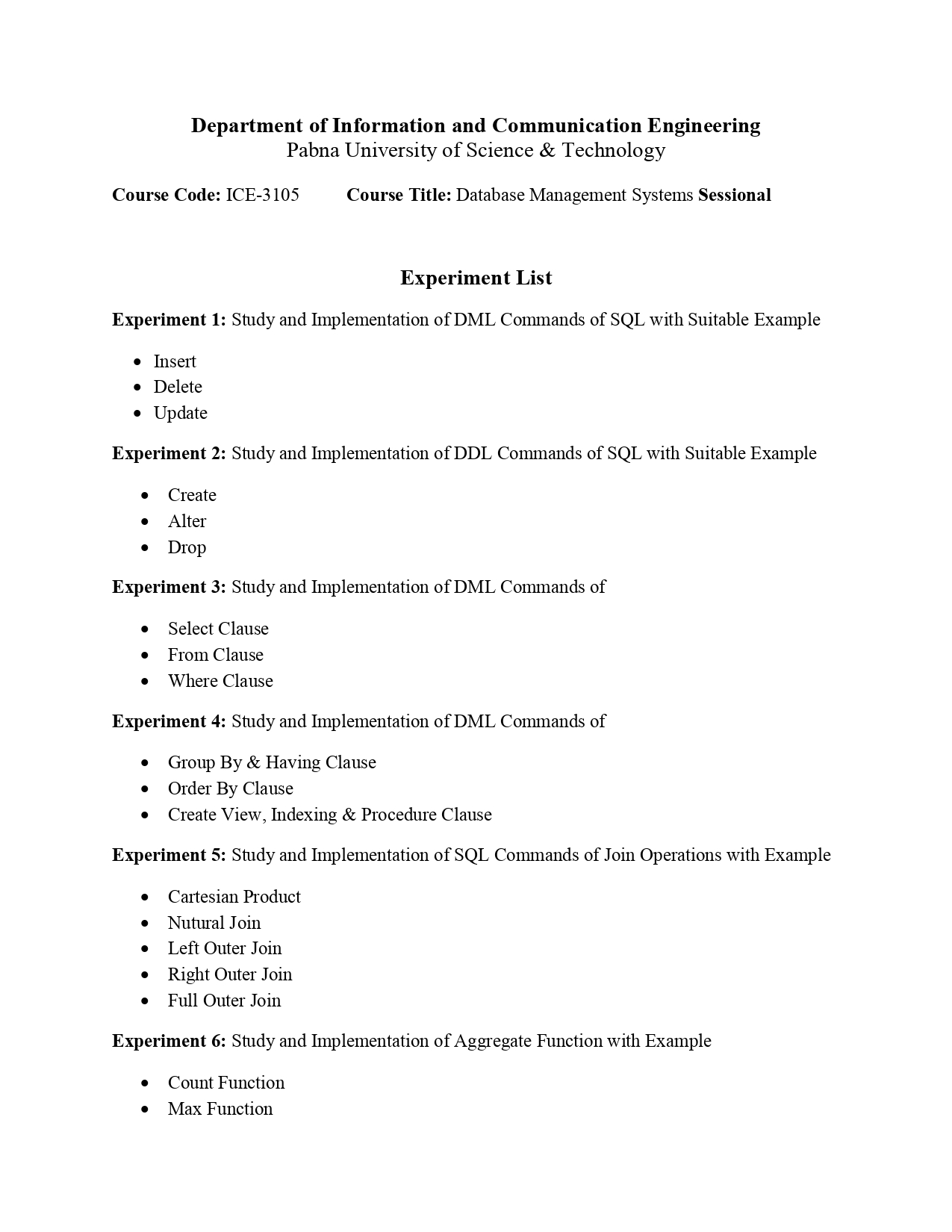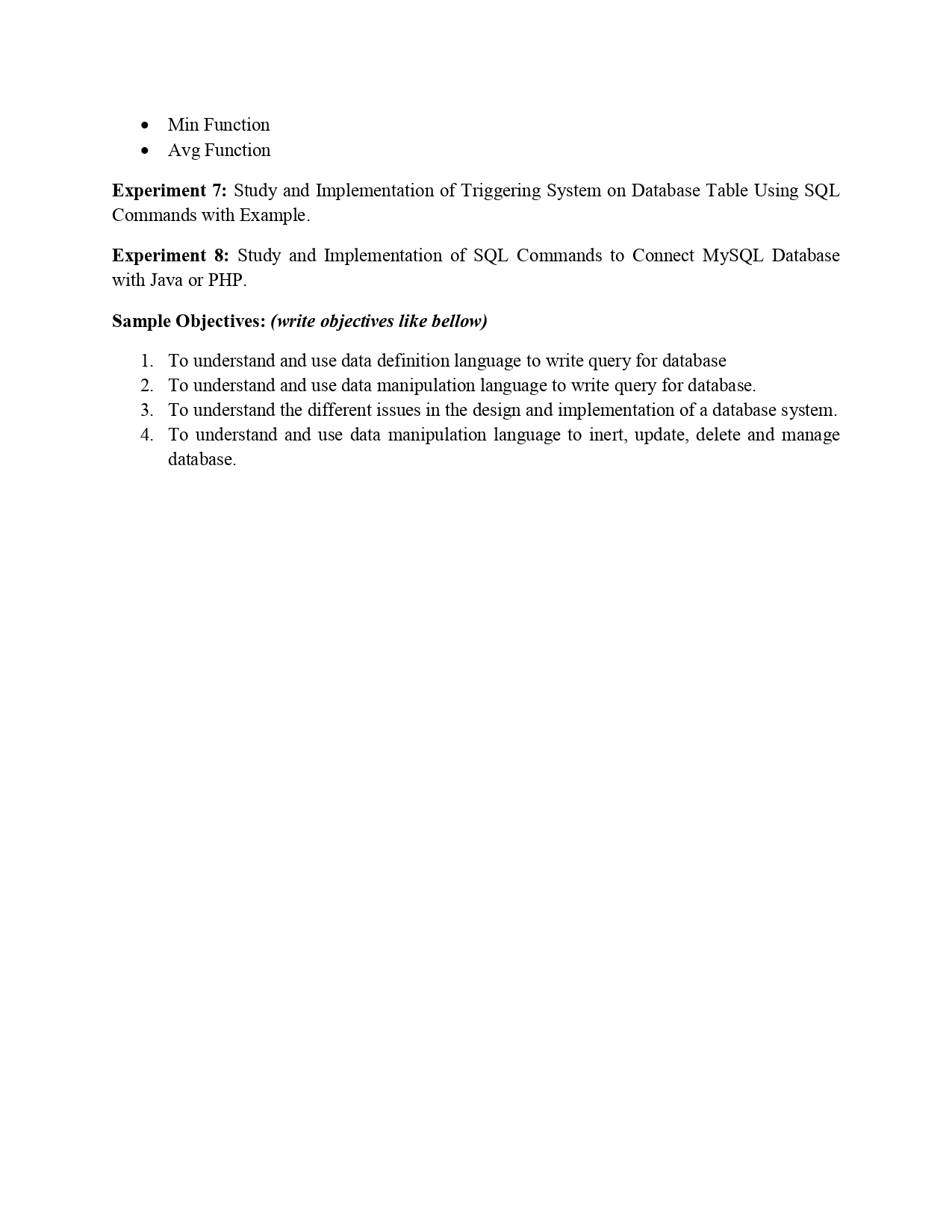Thanks for visiting my GitHub account!
Database Management Systems (DBMS) are software systems used to store, retrieve, and run queries on data. A DBMS serves as an interface between an end-user and a database, allowing users to create, read, update, and delete data in the database.. see-more
- Download the Full Source Code. visit -> https://mega.nz/folder/oX9jXJAJ#Dh5dpdMGB5SZZ2Dsqe1E6g
- Download Software. visit -> https://mega.nz/file/EHUDDDrQ#HvsoZvjVc9UoLkCVfdDLT0KV0tZ93lR16C-geBGUtiM
| 1 | 2 |
 |
 |
- Data Definition Language
- Data Manipulation Language
- Data Control Language
- Transactional Control Language
- Data modeling: A DBMS provides tools for creating and modifying data models, which define the structure and relationships of the data in a database.
- Data storage and retrieval: A DBMS is responsible for storing and retrieving data from the database, and can provide various methods for searching and querying the data.
- Concurrency control: A DBMS provides mechanisms for controlling concurrent access to the database, to ensure that multiple users can access the data without conflicting with each other.
- Data integrity and security: A DBMS provides tools for enforcing data integrity and security constraints, such as constraints on the values of data and access controls that restrict who can access the data.
- Backup and recovery: A DBMS provides mechanisms for backing up and recovering the data in the event of a system failure.
- DBMS can be classified into two types: Relational Database Management System (RDBMS) and Non-Relational Database Management System (NoSQL or Non-SQL)
- RDBMS: Data is organized in the form of tables and each table has a set of rows and columns. The data are related to each other through primary and foreign keys.
- NoSQL: Data is organized in the form of key-value pairs, documents, graphs, or column-based. These are designed to handle large-scale, high-performance scenarios.
- Relational DBMS (RDBMS): An RDBMS stores data in tables with rows and columns, and uses SQL (Structured Query Language) to manipulate the data.
- Object-Oriented DBMS (OODBMS): An OODBMS stores data as objects, which can be manipulated using object-oriented programming languages.
- NoSQL DBMS: A NoSQL DBMS stores data in non-relational data structures, such as key-value pairs, document-based models, or graph models.
- Enterprise Information: Sales, accounting, human resources, Manufacturing, online retailers.
- Banking and Finance Sector: Banks maintaining the customer details, accounts, loans, banking transactions, credit card transactions.
- Finance: Storing the information about sales and holdings, purchasing of financial stocks and bonds.
- University: Maintaining the information about student course enrolled information, student grades, staff roles.
- Airlines: Reservations and schedules.
- Telecommunications: Prepaid, postpaid bills maintance.



